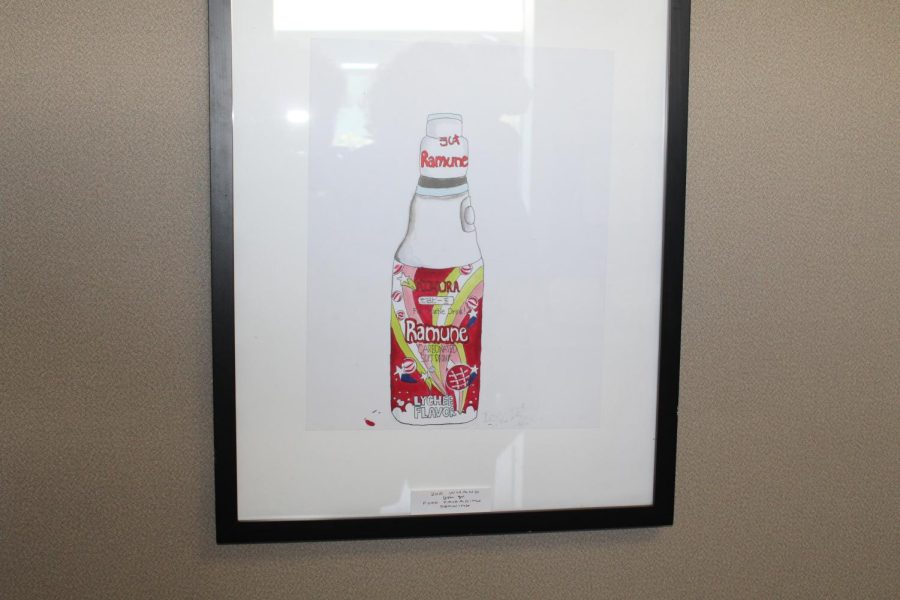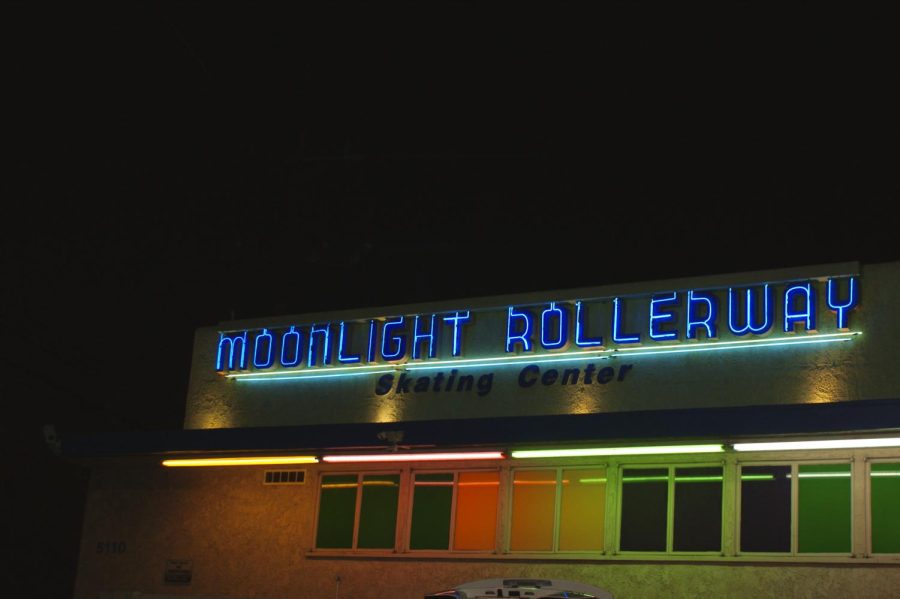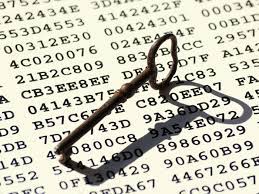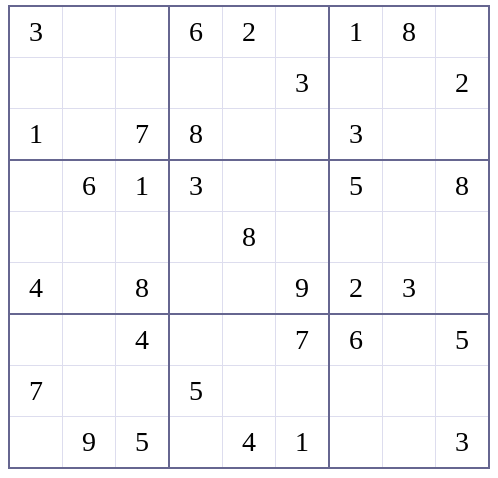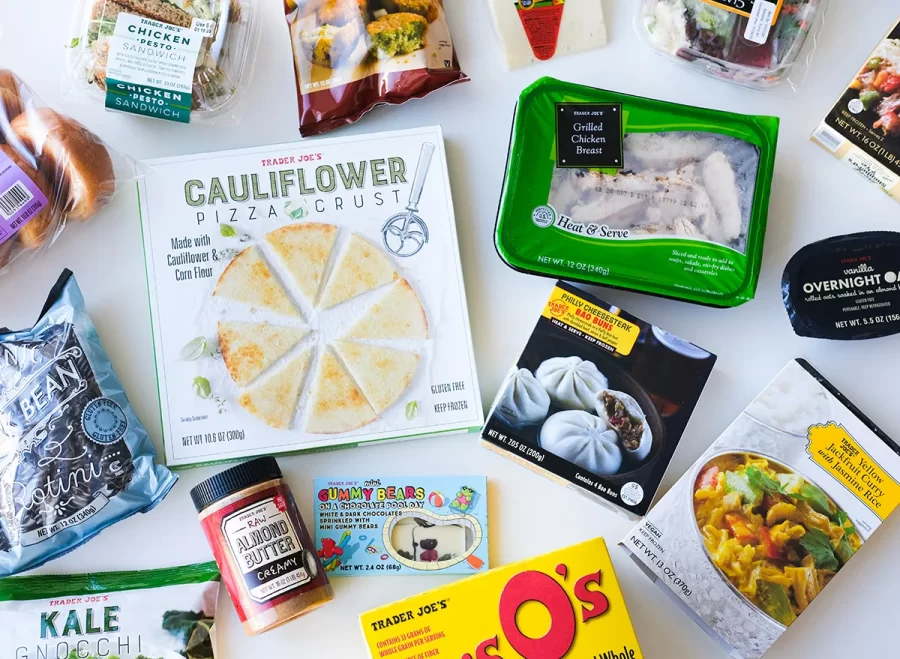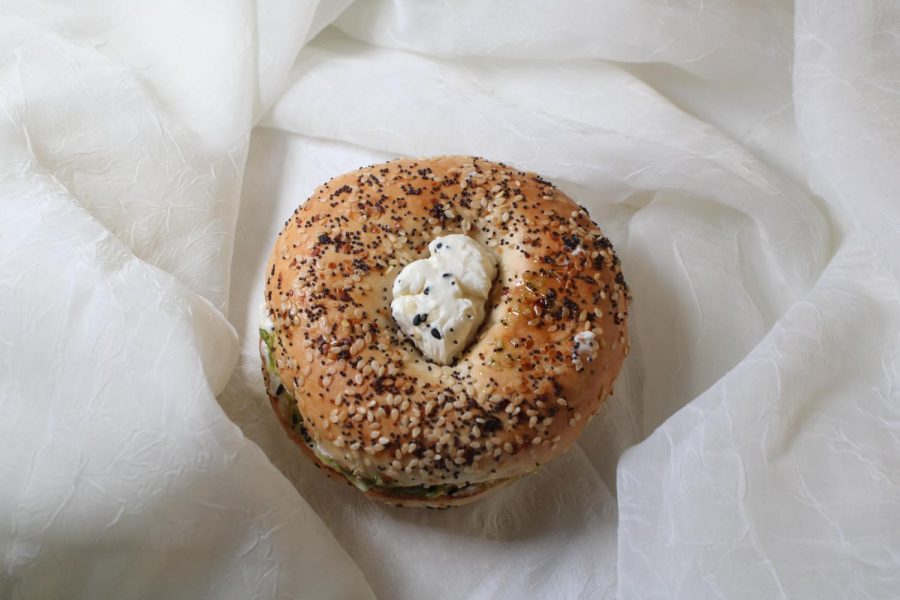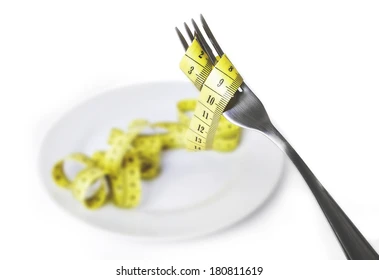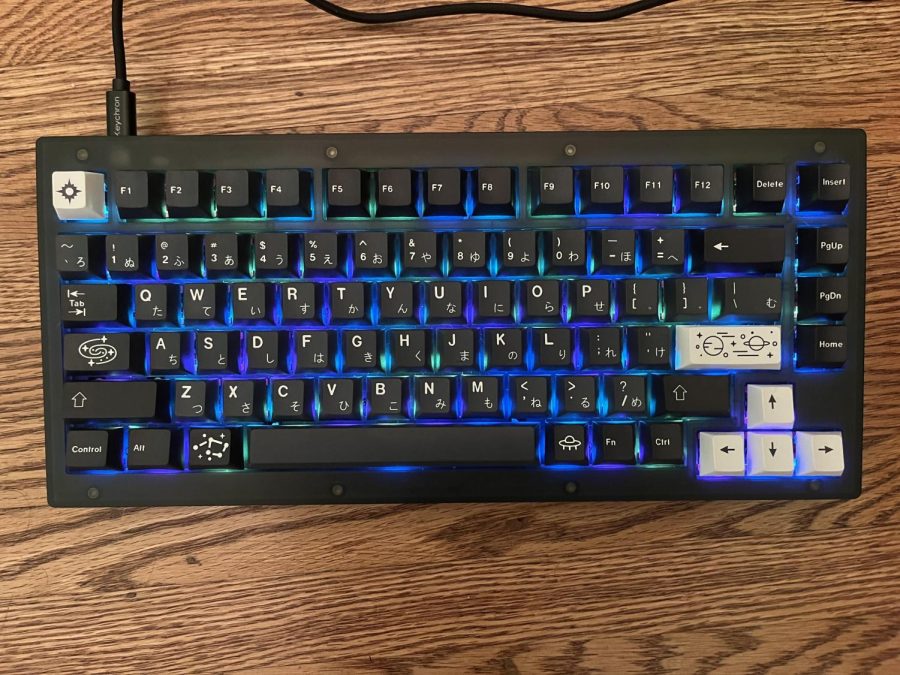Mechanical Keyboards
Over winter break, I built a keyboard for a little over $100. That probably seems like an unreasonable price for something you can get at Target for $20. The difference between my keyboard and the Target keyboard, however, is that the former is a mechanical keyboard and the latter is a membrane keyboard.
Mechanical keyboards use mechanical switches instead of membrane switches. This gives it a more ‘clicky’ or ‘retro’ feel. Mechanical keyboards are also extremely customizable compared to membrane keyboards.
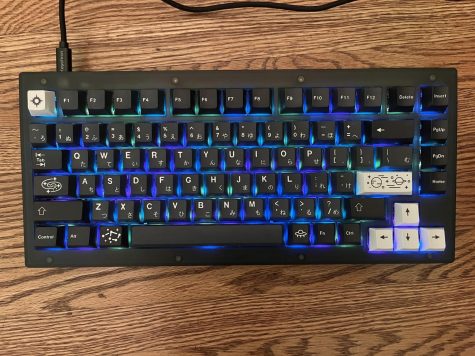
Membrane keyboards use membrane switches and are ubiquitous in the world around us. Most computer and wireless keyboards are membrane keyboards. They are much cheaper than their mechanical counterparts, but they’re also a lot less stimulating.

Mechanical keyboards are essentially made up of five parts: a case, a circuit board, a mounting plate, switches, and keycaps. Each part has a unique function: the case houses all of the other parts of the keyboard; the circuit board makes the whole keyboard work; the mounting plate keeps the switches in place; the switches send input to the circuit board; and the keycaps cover the switches (they are the things you see when you type on a keyboard).
The case of the keyboard determines the size of the keyboard. The sizes range from 100% to 40%, with 100% being a keyboard with all of the standard keys (numbers and letters), a function row, and a full number pad. As the percentages go down, the amount of keys also goes down. The most common keyboard sizes are 100%, TKL (tenkeyless – a keyboard without the number pad), and 60%. The rest of the keyboard is determined by the size of the case, so cases are commonly sold with the circuit board and mounting plate.
There are two main types of circuit boards: hotswap and soldered. Hotswap means that the switches ‘snap’ into place, making switches easier to switch. Soldered means that the switches have to be soldered on. Hotswap is a lot easier to work with because there is less chance of injury and it’s a lot faster to swap switches.
The next big part of the keyboard is the switches. There are a lot of different types of switches, but they can be broken down into three categories: linear, tactile, and clicky. Linear switches, also known as red switches, are smooth and have very little noise feedback. They are ideal for people who want a quick and quiet keyboard.
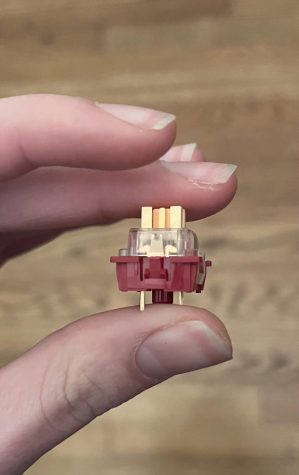
Tactile switches, also known as brown switches, provide tactile feedback in the form of a small ‘bump’ when you press on the key. They are a great starting point for people who are new to the mechanical keyboard world because they are a middle ground between linear and clicky switches. Clicky switches, also known as blue switches, are the loudest of the three types of switches. Because of this, they aren’t for everyone.
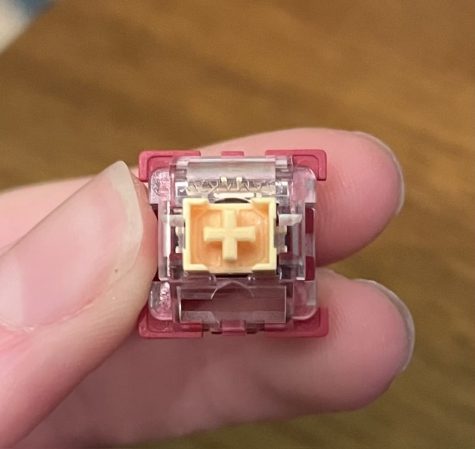
Another part of the keyboard that is important but technically not necessary are the stabilizers. They stabilize the larger keys by adding more support. Basically, they make your keycaps less wobbly. They’re also known as ‘stabs’ in the mechanical keyboard community.
The final part of the keyboard is the keycaps. There are so many keycap sets and key profiles to choose from. Most keycaps are made from plastic and are cherry profile. There are also custom keycap sets or keys, but those tend to be very expensive.
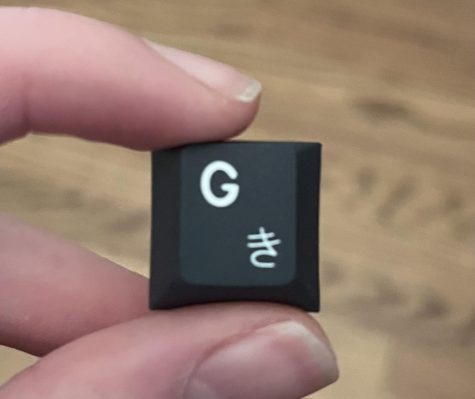
At the beginning of this article, I mentioned building my own keyboard, which is how I got into this incredible world. What I was looking for was a silent keyboard that would be quick and have all the keys I’d need. Since that didn’t exist as something that was prebuilt, I decided to use a Keychron V1 75% as my base. The 75% format worked with the layout that I wanted and was easy to find for a reasonable price. For my switches, I used Gamakay Phoenix switches, which are a type of silent linear switch. For my keycaps, I used a space-themed set I found on Amazon because I like space and monochromatic color palettes. I’m quite pleased with how it turned out and it makes me excited to work.
The world of mechanical keyboards is an amazing place. It allows an everyday object to become something that you look forward to using every day. Whether you’re a gamer who needs smooth and quick keys or a writer who wants to simulate typing on a typewriter, there’s something for everyone in the mechanical keyboard world.

Alia B. is a sophomore at Girls Academic Leadership Academy. It is her first year in the journalism elective and she is currently the Jr. Copy Editor for...

Alia B. is a sophomore at Girls Academic Leadership Academy. It is her first year in the journalism elective and she is currently the Jr. Copy Editor for...






